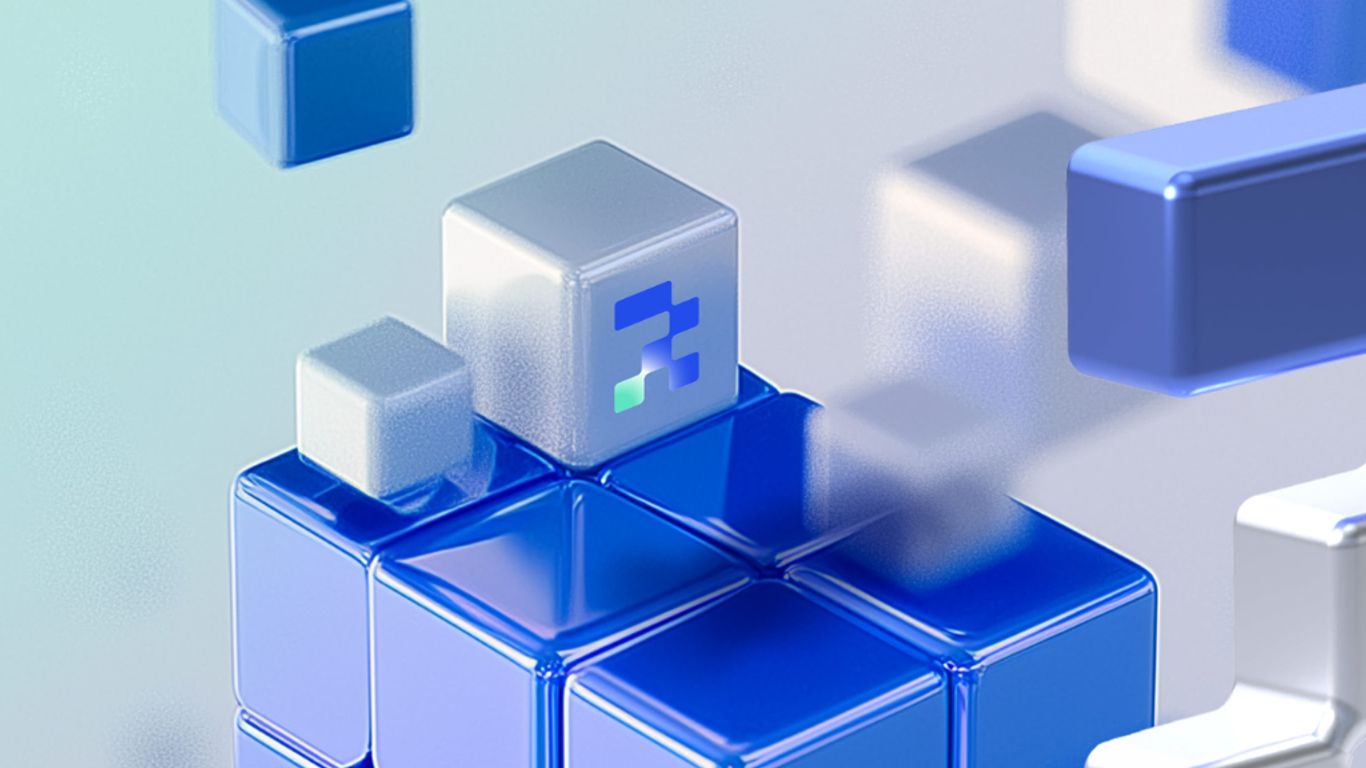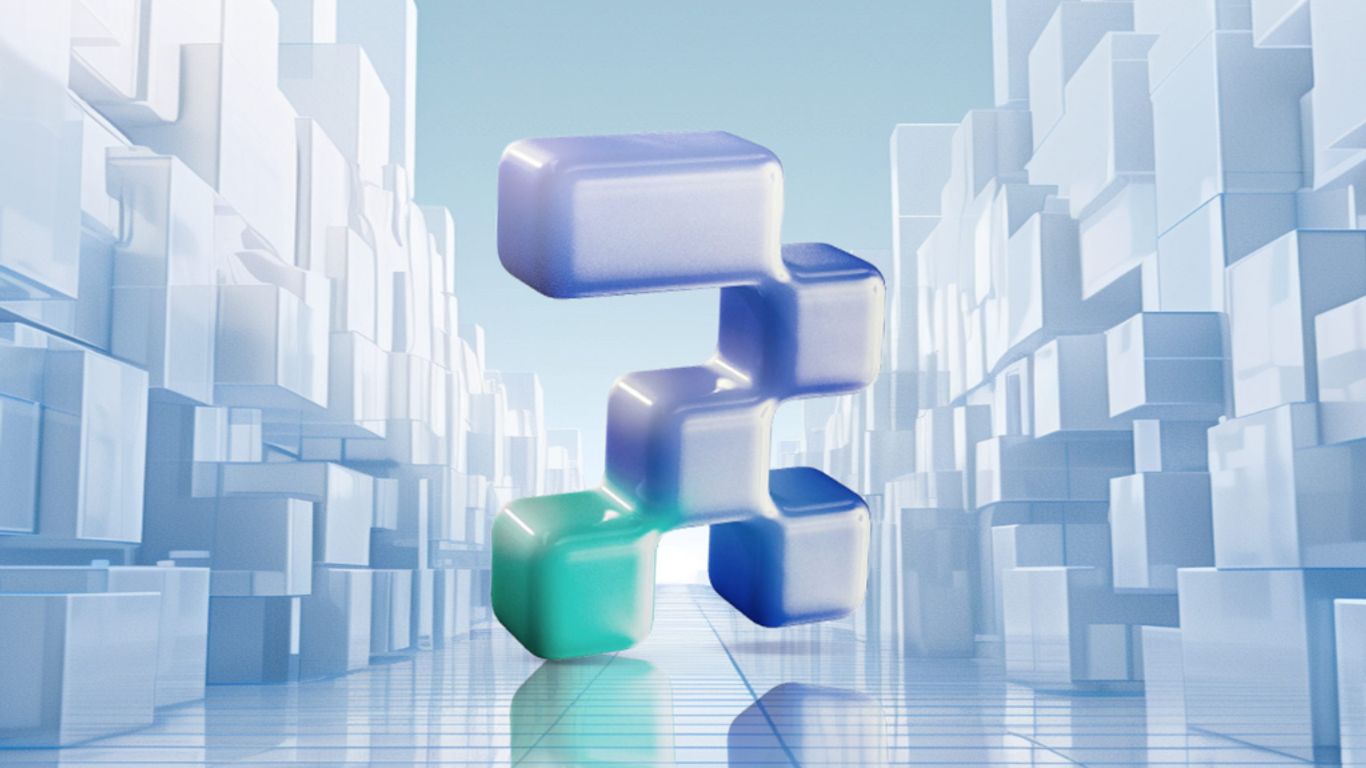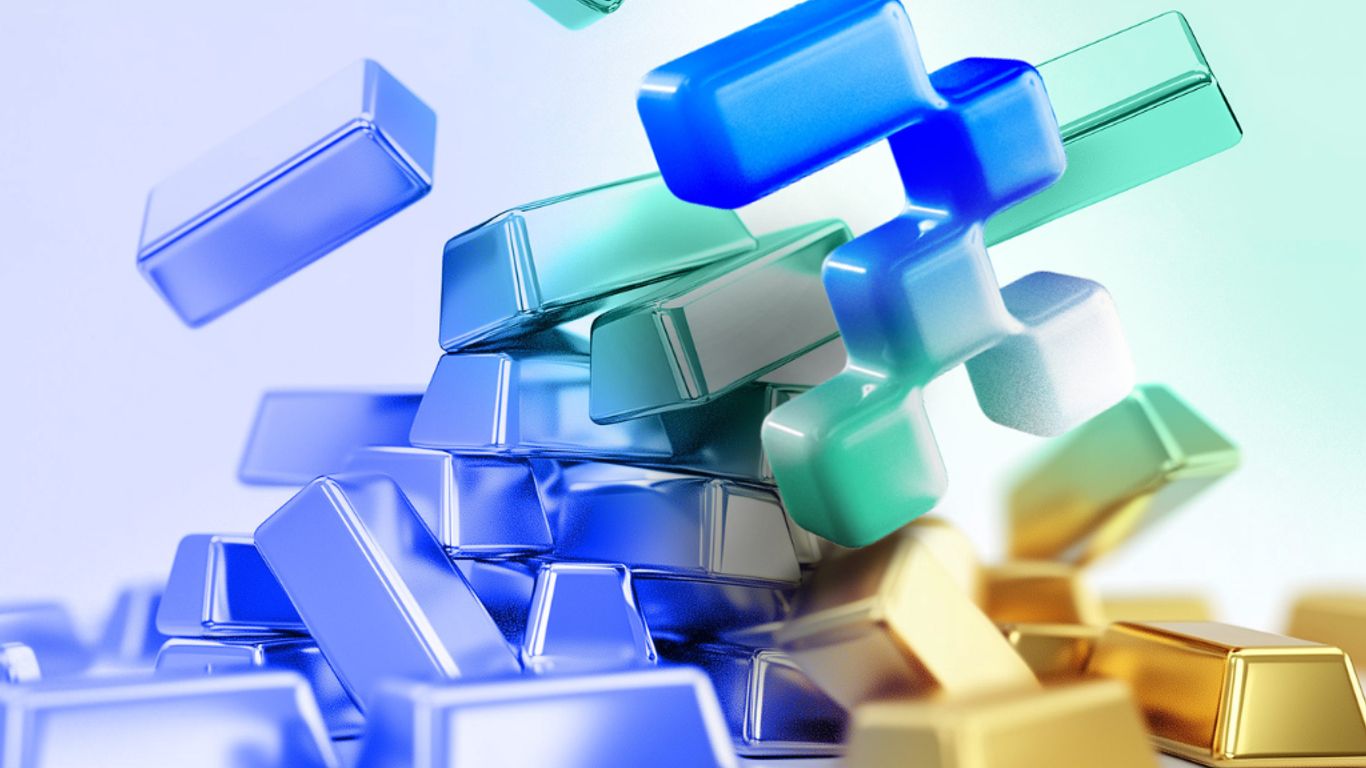Tokenizing real-world assets (RWAs) is a groundbreaking idea that turns physical items like real estate and art into digital tokens. This makes it easier to buy, sell, and trade these assets. However, there are many rules and laws that need to be followed. This article will talk about the main challenges and how to navigate them.
Key Takeaways
- Understanding the various rules in different regions is crucial for RWA tokenization.
- Changes in laws can impact how tokens are issued and traded.
- Following compliance rules helps avoid legal issues and ensures tokens are accepted.
- Bridging blockchain with traditional finance requires secure and reliable systems.
- Proving token legitimacy involves both technical and legal solutions.
Understanding the Regulatory Landscape for RWA Tokenization
Tokenizing real-world assets (RWAs) involves navigating a complex regulatory landscape. Navigating regulatory standards for RWAs requires a deep understanding of local laws and regulations, as well as the ability to adapt to changing regulatory environments. This section explores the key aspects of the regulatory landscape for RWA tokenization, focusing on regional differences, the impact of regulatory changes, and compliance requirements.
Legal Frameworks and Their Implications
Securities Laws and Tokenization
Tokenizing real-world assets (RWAs) often brings them under the purview of securities laws. Determining whether a token is a security is crucial for compliance. This involves understanding the legal definitions and requirements in different jurisdictions. Failure to comply can lead to severe penalties and hinder the growth of tokenization platforms.
Property Rights and Digital Ownership
Tokenization represents ownership rights on a blockchain. Clear legal frameworks are essential to ensure that token holders have enforceable property rights. This includes defining how ownership is transferred and protected on digital platforms. Without these frameworks, the legitimacy of tokenized assets can be questioned.
Jurisdictional Challenges
RWA tokenization platforms often operate across multiple jurisdictions, each with its own set of laws and regulations. Navigating these jurisdictional challenges is crucial for compliance and risk management. This requires a thorough understanding of regional regulatory differences and the ability to adapt to changing legal landscapes.
Navigating the complex regulatory landscape requires a robust strategy to ensure compliance with varying international standards.
Integrating Tokenized Assets with Traditional Financial Systems
Bridging Blockchain and Traditional Finance
Integrating tokenized assets with traditional financial systems is a complex task. It involves creating seamless interfaces between decentralized blockchain networks and existing financial infrastructures. This integration ensures that transactions are secure, reliable, and fast. Tokenization can increase liquidity by allowing fractional ownership of high-value assets, making them more accessible to a broader range of investors.
Ensuring Transaction Security
Security is paramount when integrating tokenized assets with traditional financial systems. Blockchain technology offers a high level of security through its decentralized nature and cryptographic methods. However, smart contracts, which are essential for managing tokenized assets, can have vulnerabilities. Regular security audits and rigorous testing are crucial to prevent fraud and protect investors' assets.
Gaining Acceptance from Financial Institutions
For tokenized assets to be widely adopted, gaining acceptance from traditional financial institutions is essential. These institutions need to see the benefits of tokenization, such as increased efficiency and reduced costs. Building trust through transparency and demonstrating the potential for streamlined processes can help in gaining their support. Collaborations with established financial entities can also pave the way for broader acceptance.
Addressing Security Risks in RWA Tokenization
Smart Contract Vulnerabilities
Smart contracts are essential for automating transactions in RWA tokenization. However, they can have bugs and vulnerabilities. Ensuring the security of these contracts through rigorous testing and audits is crucial. Regular updates and patches can help mitigate risks.
Fraud Prevention Measures
Fraud prevention is vital in the tokenization of real-world assets. Implementing robust KYC (Know Your Customer) and AML (Anti-Money Laundering) protocols can help in identifying and preventing fraudulent activities. Additionally, using blockchain's transparency can aid in tracking and verifying transactions.
Regular Security Audits
Conducting regular security audits is fundamental for creating a secure and compliant environment for trading RWAs and tokenized securities. These audits help in identifying potential vulnerabilities and ensuring that the platform remains secure against new threats.
Addressing these compliance issues is fundamental for creating a secure and compliant environment for trading RWAs and tokenized securities. It lays the groundwork for trust and reliability in the tokenization process.
Achieving Interoperability and Standardization
Challenges of Diverse Technologies
The diverse range of emerging technologies in the asset tokenization sector presents significant challenges. Different blockchain platforms and token standards can lead to a fragmented market, making it difficult for assets to move seamlessly across systems. This lack of interoperability can hinder the growth and adoption of tokenized assets.
Standardization Efforts
Efforts like the Token Taxonomy Initiative (TTI) aim to create a common framework for tokenized assets, promoting interoperability and industry-wide standards. These initiatives are crucial for ensuring that different systems can work together, facilitating smoother transactions and broader acceptance of tokenized assets.
Benefits of Interoperability
Achieving interoperability and standardization offers numerous benefits:
- Enhanced Liquidity: Interoperable systems allow for easier trading and transfer of assets, increasing market liquidity.
- Reduced Costs: Standardized processes can lower transaction costs by eliminating the need for intermediaries.
- Increased Trust: A common framework can build trust among investors and regulators, fostering a more robust market.
Interoperability and standardization are key to unlocking the full potential of tokenized assets, making them more accessible and efficient for all market participants.
Market Adoption and Enhancing Liquidity
Overcoming Market Fragmentation
Market fragmentation is a significant hurdle in the adoption of tokenized assets. Different platforms and technologies can create isolated markets, making it difficult for investors to trade assets seamlessly. To overcome this, standardization and interoperability are crucial. By adopting common standards, platforms can ensure that tokenized assets are easily transferable and tradable across different systems.
Increasing Investor Confidence
Building trust is essential for the widespread adoption of tokenized assets. Transparency in operations and compliance with regulations can significantly boost investor confidence. Platforms should provide real-time data on asset performance and ensure that all transactions are secure and verifiable. This transparency helps in gaining the trust of both retail and institutional investors.
Strategies for Enhancing Liquidity
Liquidity is vital for the success of tokenized markets. Here are some strategies to enhance liquidity:
- Automated Market Makers (AMMs) and Liquidity Pools: These features facilitate secondary market trading by providing the necessary liquidity for smooth transactions.
- Liquidity Mining: Users are rewarded with tokens for depositing assets into liquidity pools, incentivizing participation and strengthening overall platform liquidity.
- Fractionalized NFTs: This feature democratizes investments by enabling fractional ownership and crowdfunding opportunities, making previously inaccessible assets available to a broader audience.
One recent prominent example of tokenization is the increasing adoption of tokenized money market funds, which surpassed $1 billion in total value in Q1 2024.
By implementing these strategies, platforms can ensure that tokenized assets are not only adopted but also actively traded, thereby enhancing market liquidity.
Proving Token Legitimacy and Ownership
Technical Solutions for Verification
One of the biggest challenges in RWA tokenization is proving that a token truly represents a real-world asset. Advanced cryptographic techniques and blockchain functionalities are essential for ensuring each token's authenticity. These methods help verify that a token is genuine and tied to a specific asset. For example, non-fungible tokens (NFTs) can be used for unique assets, while specific ERC standards can be applied to fungible assets.
Legal Recognition of Tokenized Assets
Legal frameworks play a crucial role in ensuring that token holders have enforceable rights. Different countries have diverse laws regarding digital assets, which can affect everything from token issuance to trade. Ensuring compliance with these regulations is vital to prevent legal disputes and ensure that tokens are recognized as legitimate representations of asset ownership.
Cross-Jurisdictional Enforcement
Navigating the legal landscape across multiple jurisdictions is complex. Each region has its own set of rules and regulations, making it challenging to ensure that token holders' rights are protected everywhere. This requires a deep understanding of local laws and often involves working with legal experts to ensure compliance and enforceability across borders.
Technological Advancements in RWA Tokenization
Blockchain Innovations
Blockchain technology is the backbone of RWA tokenization. It offers a decentralized ledger that records every transaction, ensuring transparency and security. Enhanced security features and more robust platforms are making tokenization viable for a broader range of assets. This technological evolution is not only improving the functionality of tokenized assets but also broadening their appeal to a wider market.
Smart Contract Developments
Smart contracts automate the execution of transactions on blockchain networks. Recent advancements have focused on reducing vulnerabilities and increasing efficiency. These contracts are crucial for ensuring that ownership transfers are secure and legally compliant. They also help in reducing the need for intermediaries, thereby lowering costs.
Future Technological Trends
Emerging technologies like layer two solutions and blockchain interoperability are expected to enhance scalability and allow for seamless transactions across different blockchain platforms. This will further broaden the potential applications of asset tokenization. The integration with DeFi platforms is unlocking new investment strategies and paving the way for mass adoption.
The future of RWA tokenization is bright, with continuous technological advancements making it more secure, efficient, and accessible.
The Role of DeFi in RWA Tokenization

Integrating RWAs into DeFi Platforms
Real-world asset (RWA) tokenization offers a potential bridge between traditional finance (TradFi) and decentralized finance (DeFi). By tokenizing physical assets, such as real estate or commodities, and integrating them into DeFi platforms, users can leverage these assets for various financial activities. This integration allows for the use of RWAs as collateral for loans, participation in liquidity pools, and other DeFi services, enhancing the utility and accessibility of these assets.
Enhancing Liquidity through DeFi
One of the significant benefits of integrating RWAs into DeFi is the potential to enhance liquidity. Traditional assets often suffer from illiquidity, making it challenging to buy or sell them quickly. Tokenizing these assets and using them within DeFi platforms can provide fractional ownership and enable more fluid trading. This increased liquidity can attract more investors and create a more dynamic market for RWAs.
Regulatory Considerations for DeFi
While the integration of RWAs into DeFi platforms presents numerous opportunities, it also brings regulatory challenges. Different jurisdictions have varying regulations regarding digital assets and securities, which can complicate compliance. DeFi platforms must navigate these regulatory landscapes carefully to ensure that they meet all legal requirements. This includes adhering to Know Your Customer (KYC) and Anti-Money Laundering (AML) regulations to prevent fraud and ensure the legitimacy of transactions.
The fusion of RWAs and DeFi holds the promise of transforming the financial landscape by bridging the gap between traditional and decentralized finance, but it requires careful navigation of regulatory frameworks to realize its full potential.
Ensuring Compliance with AML/KYC Regulations
Importance of AML/KYC in Tokenization
Anti-Money Laundering (AML) and Know Your Customer (KYC) regulations are crucial in the tokenization of real-world assets (RWAs). These regulations help prevent illegal activities such as money laundering and terrorist financing. Ensuring compliance with AML/KYC standards is essential for maintaining the integrity and legitimacy of tokenized assets.
Implementing Compliance Measures
To comply with AML/KYC regulations, tokenization platforms must implement several measures:
- User Identification: Platforms must verify the identity of their users through KYC processes. This includes collecting personal information and verifying it against official documents.
- Transaction Monitoring: Continuous monitoring of transactions helps detect suspicious activities. Automated systems can flag unusual patterns for further investigation.
- Record Keeping: Maintaining detailed records of all transactions and user information is essential for regulatory compliance and audits.
- Risk Assessment: Regular risk assessments help identify potential vulnerabilities and ensure that the platform's security measures are up to date.
Global Standards and Best Practices
Adhering to global standards and best practices is vital for tokenization platforms operating in multiple jurisdictions. This includes following guidelines set by international bodies such as the Financial Action Task Force (FATF). Platforms should also stay updated on regional regulatory differences to ensure compliance across different markets.
A comprehensive legal compliance checklist for the tokenization of real-world assets can serve as a general guide for RWA token offering compliance, though it may not encompass specific jurisdictional regulations.
By implementing robust AML/KYC measures and adhering to global standards, tokenization platforms can navigate the complex regulatory landscape and ensure the legitimacy and security of their tokenized assets.
Future Outlook for the Digital Asset Marketplace
Predicted Market Growth
The digital assets market worldwide is projected to grow by -19.82% (2024-2025), resulting in a market volume of US$46,320.0m in 2025. This growth is driven by the increasing integration of blockchain technology across various sectors, enabling the digital representation of physical assets ranging from real estate and art to corporate bonds and other financial instruments.
Emerging Trends
- Increasing Institutional Adoption: Major financial institutions and asset managers are progressively exploring and integrating tokenization to enhance liquidity, efficiency, and transparency in asset management. This trend is bolstered by innovations in blockchain technology that make these transformations more accessible and secure.
- Technological Advancements: Improvements in blockchain infrastructures, such as enhanced security features and the development of more robust platforms capable of handling complex transactions, are making tokenization more viable for a broader range of assets. This technological evolution is not only improving the functionality of tokenized assets but also broadening their appeal to a wider market.
- Diversification of Tokenized Assets: Initially focused on high-value assets like real estate and art, the scope of tokenization is expanding to include a wider array of assets, including debt instruments, commodities, and even intellectual property. This diversification is significantly broadening the market for potential investors and uses of tokenized assets.
- Growth in DeFi Applications: DeFi platforms are increasingly incorporating RWAs as a means of securing loans and other financial products, further integrating traditional financial markets with blockchain technology. This integration is expected to enhance liquidity and open new avenues for investment and capital deployment.
Long-Term Potential
The market for RWA tokenization is on a robust growth trajectory, driven by technological advancements, regulatory developments, and increasing market acceptance. As this market matures, it will likely transform numerous aspects of asset trading and management, making investments more accessible and markets more efficient.
The future of the economy is all tokenized. In 10 years, it will be common for companies to decide whether to go for an offline or online IPO in a tokenized market. The efficiency and reduced costs of tokenization will drive this shift.
Overall, the future of tokenized real-world assets is bright. By understanding the historical context and the transformative potential of this technology, we can actively participate in shaping a more inclusive, efficient, and interconnected financial future.
Conclusion
Navigating the regulatory landscape for tokenizing real-world assets is no small feat. The journey is filled with legal hurdles, technical challenges, and the need for global cooperation. However, the potential benefits are immense. By overcoming these obstacles, we can unlock new levels of liquidity, transparency, and accessibility in the financial world. The future of asset management and investment could be transformed, making it more inclusive and efficient. As we move forward, collaboration between regulators, developers, and financial institutions will be key to realizing the full potential of RWA tokenization.
Frequently Asked Questions
What is RWA tokenization?
RWA tokenization is the process of converting real-world assets like real estate, art, or commodities into digital tokens on a blockchain. This makes it easier to buy, sell, and manage these assets.
Why is regulatory compliance important in RWA tokenization?
Regulatory compliance ensures that tokenized assets are legally recognized and accepted. It prevents legal disputes and helps in gaining trust from investors and institutions.
What are the main security risks in RWA tokenization?
The main security risks include vulnerabilities in smart contracts, potential fraud, and the need for regular security audits to protect digital assets from malicious attacks.
How does RWA tokenization improve liquidity?
Tokenization allows assets to be divided into smaller, more affordable shares, making it easier for more people to invest. This increased participation can improve the liquidity of traditionally illiquid assets.
What are the challenges of integrating tokenized assets with traditional financial systems?
Challenges include creating seamless interfaces between blockchain networks and traditional financial systems, ensuring transaction security, and gaining acceptance from financial institutions.
How can token legitimacy and ownership be verified?
Token legitimacy and ownership can be verified using advanced cryptographic techniques and blockchain functionalities that ensure each token's authenticity and represent asset ownership accurately.
What role does DeFi play in RWA tokenization?
DeFi platforms can integrate RWAs to enhance liquidity and provide new financial products. However, this integration also requires careful consideration of regulatory requirements.
Why is interoperability important in RWA tokenization?
Interoperability allows different blockchain systems to work together, reducing market fragmentation and enhancing the portability and usability of tokenized assets across various platforms.




